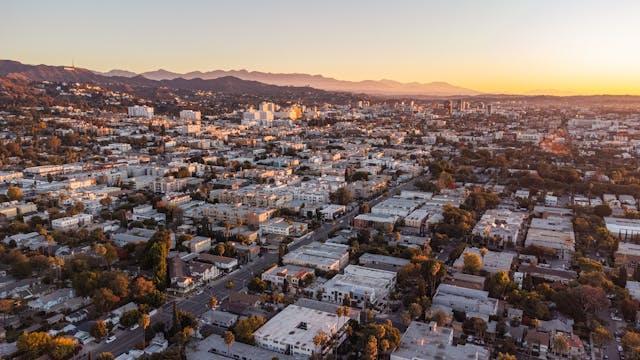A new Redfin report reveals that the gap between renting and owning a home has reached record highs in several major U.S. cities, especially in California and other tech-heavy regions. The disparity underscores the growing difficulty for households—particularly middle-income earners—seeking to transition from renters to homeowners.
San Jose Leads the Nation in Housing Premium
At the top of the list is San Jose, where a homebuyer must earn an annual income of $408,557 to afford a typical home. In contrast, the income required to rent the average apartment in the city is only $128,580. This marks a staggering 218% premium—the highest among all U.S. metro areas analyzed by Redfin.
Other High-Cost Cities: San Francisco, Seattle, Los Angeles
Other major cities with significant homebuying premiums include:
San Francisco – 176% higher income needed to buy than rent
Seattle – 145%
Austin – 143%
Los Angeles – 141%
These regions have long faced affordability challenges due to high housing demand, limited inventory, and restrictive zoning laws. The current mortgage environment—with interest rates remaining above 6%—has further widened the ownership gap.
Where Housing Is Still Attainable
In contrast to the West Coast, several cities in the Midwest and Northeast offer relatively affordable paths to homeownership:
Pittsburgh, PA – 14.4% premium
Cleveland, OH – 29.7%
Detroit, MI – 30.7%
Cincinnati, OH – 38.9%
Philadelphia, PA – 40.9%
These cities show a far narrower gap between renting and owning, offering more feasible options for first-time homebuyers and families seeking stability without relocating to high-cost markets.
Broader Trends and Economic Impact
The report highlights a nationwide trend in which homeownership is becoming less attainable, especially in areas with strong job markets and limited housing development. This growing divide may further impact migration patterns, with Americans—particularly younger workers—opting to relocate to more affordable regions.
Redfin’s data suggests that the typical homebuyer in high-cost metros now needs to earn over 50% more than in previous years just to meet mortgage qualification thresholds. With fewer affordable homes available and limited new construction in urban cores, the pressures on renters and aspiring homeowners continue to build.
Policy Conversations Ongoing
While some city and state governments have proposed zoning reforms and down payment assistance programs, significant legislative action is still required to bridge the affordability gap. Experts note that increasing housing supply and improving financing access could ease the strain, but policy momentum has been uneven across regions.







